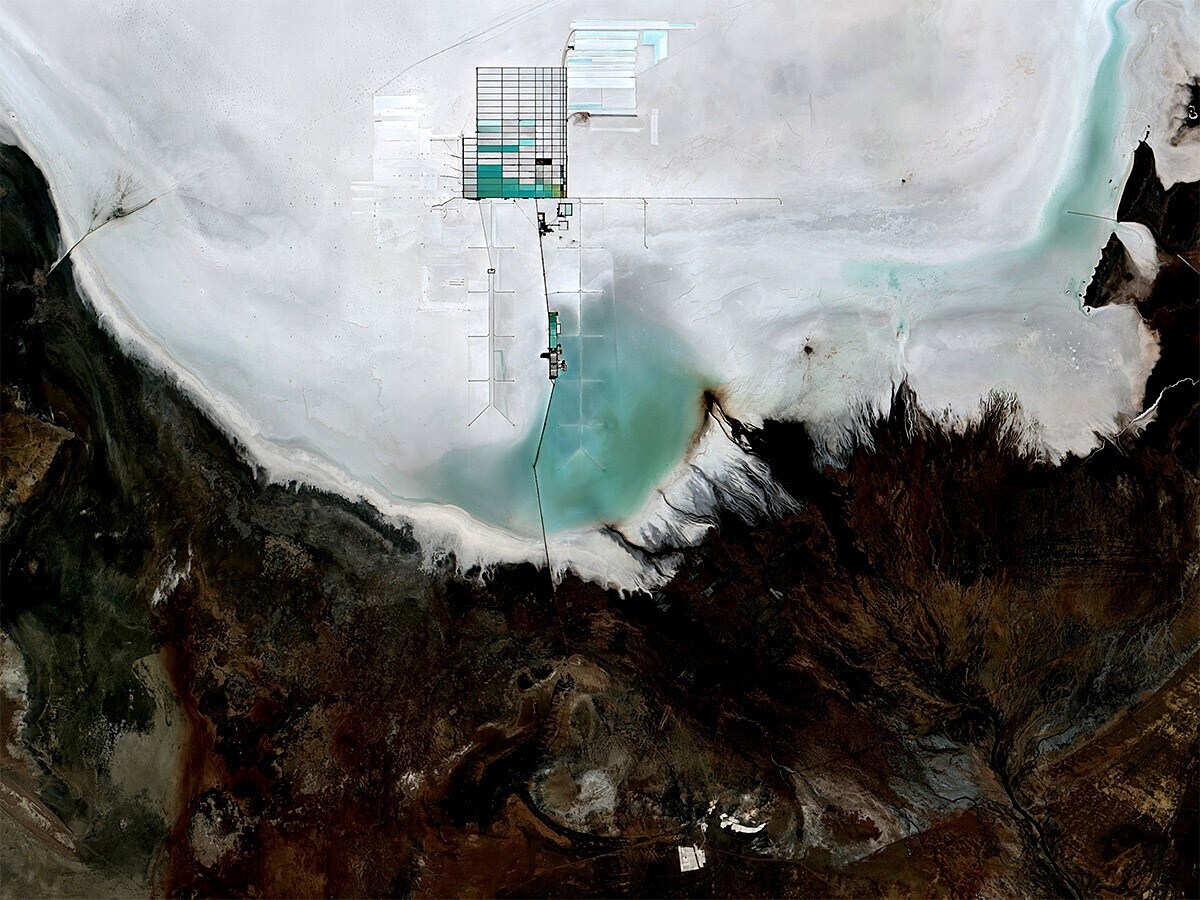Strengthening demand for lithium and polysilicon as nations strive to meet global carbon emission reduction targets are powering mining share prices.
Lithium demand suffered at the start of the Covid-19 pandemic as the key market China was hit by lockdowns. Supply also took a battering as mines in major producing regions, such as South America, were closed.
But as economies emerged out of the pandemic with a renewed zeal to increase the switch to clean energy and meet Paris Agreement goals of limiting global warming to 1.5 degrees Celsius, miners have bounced back. It is driven by the need for lithium-ion battery technology in electric vehicles and renewable energy storage and polysilicon use in solar panels.
According to business information provider IHS Markit, polysilicon prices surged 175% between January and mid-June – and are expected to remain high until the middle of next year. Spot prices for lithium carbonate in China, according to Reuters, have shot up 170% this year to $22,000 a tonne, the highest in three years.
Lithium demand is tipped to rise 26.1% – or 100,000 tonnes to 450,000 this year – with surging demand for electric vehicles, driven by Government policies, such as the US infrastructure plan investing in charging networks, expected to leave a lithium shortfall of 117,000 tonnes by 2024, according to a Macquarie estimate reported by Forbes.
170%
Spot price rise for lithium carbonate in China according to Reuters
This growing supply-and-demand imbalance has helped the share price of the world’s largest lithium producer, Albemarle [ALB], soar 168% over the past 12 months.
Fellow miners Pilbara Minerals [PLS.AX] and Livent [LTHM] have also had a strong year.
Polysilicon has had a tougher time, the share price of Chinese producer Daqo New Energy [DQ] has dropped 41% from April 26 to its close on Monday. This fall is down to higher prices putting off solar developers from building new sites and installing panels and supply chain squeezes.
Visible shift to clean energy
The shift towards renewables and clean sources of power –and away from fossil fuels is apparent. Even oil majors, such as BP and Shell, are accelerating their exposure to renewable energy sources.
According to a Carbon Tracker report from earlier this year – and as reported by Reuters – from 2012 to 2020, investors bought almost $640 billion of equities issued by oil, gas and coal producers, fossil fuel-dependent utilities, pipelines and service companies. Their investments lost roughly $123 billion – or nearly 20% in value – despite bullish equity markets.
This shift will lead to a new commodity cycle where precious and base metals, such as lithium, polysilicon, palladium and uranium – to power nuclear energy – will come to the fore and leave oil and gas behind.
Lithium is also a major element in mobile phones, with polysilicon a vital part of semiconductors used in computers and cars.
According to Bloomberg NEF, and reported by Bloomberg, the shift could require up to $173 trillion in energy supply and infrastructure investment over the next three decades from the lithium heartlands of Chile to polysilicon plants in China.
“The energy transition is driving the next commodity supercycle. It is a decades-long transition, but the time to invest and make money is this decade. The time is now” - Jessica Fung, head strategist at Zug, Switzerland-based Pala Investments Ltd.
“The energy transition is driving the next commodity supercycle,” said Jessica Fung, head strategist at Zug, Switzerland-based Pala Investments Ltd., which funds mining projects tied to decarbonization. “It is a decades-long transition, but the time to invest and make money is this decade. The time is now.”
Bloomberg expects demand for cobalt, also used in batteries, will soar 70% by 2030.
“There’ll be a need for more manganese, iron, phosphorus and graphite, while copper, needed in clean energy technologies and to expand electricity grids, will also be a major beneficiary,” the research provider said.
The last commodities supercycle was in the 2000s driven by an expanding Brazil, Russia, India and especially China’s hunger for metals, oil, chemicals and food. It was ended by the global financial crisis with the S&P Goldman Sachs Commodity Index falling by around 60% between 2010 and 2020.
As prices of green metals begin to soar again, it seems another cycle is winding its way into view. It might appear to be an oxymoron to expect miners to help clean up the planet, but they are one of the equity sectors set to prosper in the years ahead.
Disclaimer Past performance is not a reliable indicator of future results.
CMC Markets is an execution-only service provider. The material (whether or not it states any opinions) is for general information purposes only, and does not take into account your personal circumstances or objectives. Nothing in this material is (or should be considered to be) financial, investment or other advice on which reliance should be placed. No opinion given in the material constitutes a recommendation by CMC Markets or the author that any particular investment, security, transaction or investment strategy is suitable for any specific person.
The material has not been prepared in accordance with legal requirements designed to promote the independence of investment research. Although we are not specifically prevented from dealing before providing this material, we do not seek to take advantage of the material prior to its dissemination.
CMC Markets does not endorse or offer opinion on the trading strategies used by the author. Their trading strategies do not guarantee any return and CMC Markets shall not be held responsible for any loss that you may incur, either directly or indirectly, arising from any investment based on any information contained herein.
*Tax treatment depends on individual circumstances and can change or may differ in a jurisdiction other than the UK.
Continue reading for FREE
- Includes free newsletter updates, unsubscribe anytime. Privacy policy





